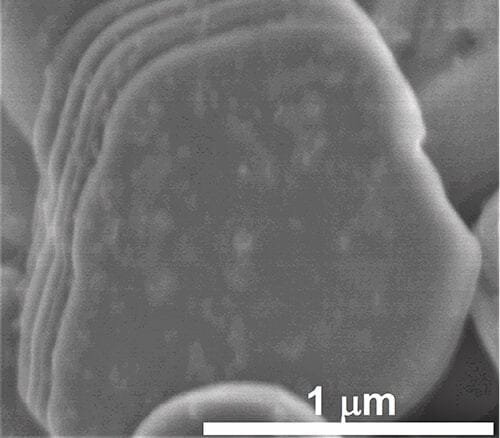Menu
MetalsTek Engineering supplies quality Molybdenum Carbide Mo2C at competitive prices.

Composition: Mo 88.9%, C 11.1%
Purity: 99.9% Min
Density: 8.2 g/cc
Melting Point: 2,692 °C
Size: Plasma Spray Grade, or Customized Size
Case No.: 12069-89-5

Purity: 99.9% Min
Surface Area: 31.9 m2/g
Size: 100 nm (Average Particle Size)
Storage: Stored in Dry Cool Sealing Pack, No Heavy Pressure
Nano Molybdenum Carbide Powder is manufactured using a variable current laser ion beam. The chemical vapor deposition process results in a close-packed six-square lattice (a = 3.004 Å, c = 3.004 Å). Additionally, it exhibits a face-centered cubic lattice with a lattice constant of 4.14 Å. This powder is resistant to anaerobic acid and molybdenum carbide, while being soluble in nitric acid and aqua regia, leading to carbon precipitation. Noteworthy characteristics include a high melting point, elevated hardness, commendable thermal stability, robust mechanical stability, and outstanding corrosion resistance properties.
Nano Mo2C Powder Features
Nano Mo2C Powder Applications
Nano molybdenum carbide powder finds application both as a coating material and an additive. Its versatile use extends to various applications requiring high-temperature resistance, friction resistance, and resistance to chemical corrosion, among other properties.

Material: Molybdenum Carbide
Purity: 99%~99.9%
Shape: Pellet, Granule, Customized Shape
Other: Customized Shape, Size, and Purity

Formula: Mo2C/Mo2CTx
Purity: ≥99.9%
Form: Black Flocculent Powder
Storage: Cool, Dry
Main Application: Energy Storage

Molybdenum Carbide is a compound composed of molybdenum and carbon. It falls into the category of carbides, which are compounds formed between a metal and carbon. Molybdenum Carbide typically exhibits high hardness and excellent thermal stability. It has various applications, including as a catalyst in specific chemical reactions, in producing hard coatings for cutting tools and wear-resistant components, and in materials research for its unique properties. The properties of Molybdenum Carbide make it valuable in high-temperature and abrasive environments, contributing to its use in specific industrial and research applications.
Molybdenum Carbide Powder is widely used in oil exploration, aerospace, mine excavation, machinery tools, marine facilities, and other fields.
These diverse applications highlight the versatility of molybdenum carbide in various industries and technologies.
Our Monolayer Molybdenum Carbide (Mo2C) is carefully handled during storage and transportation to preserve the quality of our product in its original condition.